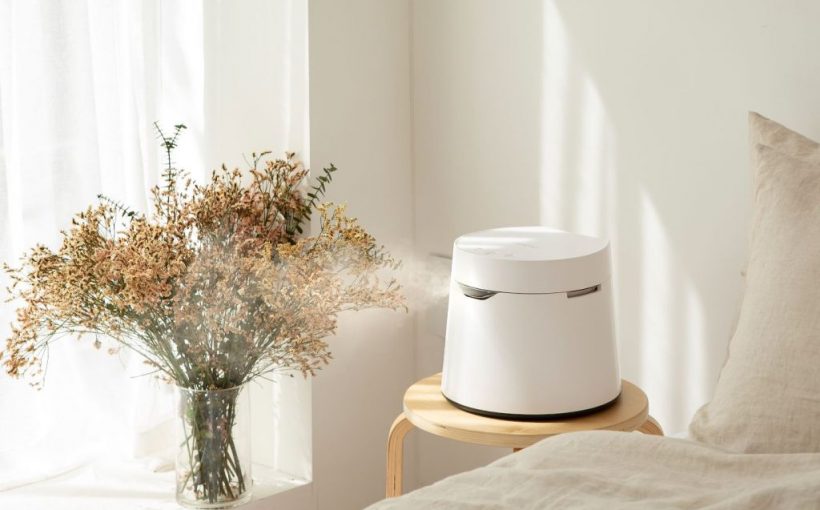For many of us, humidifiers and sickness go hand in hand. Feeling a cold, cough, or the flu coming on? Instinctively, you grab your humidifier from storage, give it a quick clean and set it up by your bed — then hope for the best.
But experts like Dr. Arfa Babaknia, family medicine physician and medical director at MemorialCare Medical Group in Fountain Valley, California, suggest that neither steam nor cool-mist humidifiers are encouraged in the management of a cold or a cough, specifically.
“There is a lack of data supporting the effect of the cold or steam humidifier and also concerns about the correct way of use (complications such as risk of burn and, if the patient has asthma, developing bronchospasm),” Babaknia says.
That doesn’t mean you should toss yours out. In fact, there are many benefits of using a humidifier. Sleeping with one can soothe and ease a variety of health and beauty issues that are causing you a great deal of discomfort.
“I do recommend the humidifier to be used for the patient with a dry cough and especially a patient with sleep apnea, heavy snoring, COPD [chronic obstructive pulmonary disease], sinusitis, and allergic rhinitis to loosen up the phlegm,” Babaknia says. He adds that patients with dry nasal passages (most often a result of hay fever or a side effect of medication) also benefit from sleeping with a humidifier in their room.
More: What You Can Do to Prepare for Allergy Season Now
Even if you don’t suffer from respiratory problems, your complexion will thank you for using a humidifier, particularly when temperatures drop and low humidity depletes your skin of moisture, says board-certified dermatologist and RealSelf adviser Dr. Joel Schlessinger.
“Running a humidifier in your home can add moisture to the air and help prevent dry skin,” Schlessinger says. “If your heating system doesn’t have a built-in humidifier, using a portable one in your bedroom will help add moisture to the air. Always set the unit below 60 percent humidity, as levels above this will allow moisture to condense on surfaces, which could lead to bacteria growth. Remember to change the water in your humidifier every day, and clean it out once a week. Bacteria can grow in standing water. Breathing it in could cause respiratory problems.”
If you’re stumped over whether to purchase a warm or cool mist humidifier, take comfort in knowing that both can be effective, according to Mayo Clinic. Babaknia even suggests switching between the two to target different health conditions.
“A cool-air humidifier can be used for a patient with the croup and heated humidifier for the management of upper respiratory infection and COPD, allergic rhinitis and a patient with sleep apnea. [A patient with sleep apnea should] use with the CPAP or BiPAP mask because regular CPAP masks make the airway dry and decrease compliance of using the CPAP machine,” Babaknia says.
More: Does Lavender Really Help You Sleep Better?
But both warm and cool mist humidifiers have their drawbacks. When using a humidifier in a child or baby’s room, it might be better to opt for cool mist to avoid a potential accident, such as spilling the hot water produced by a warm-mist humidifier. On the other hand, a cool-mist humidifier might make your room feel a bit too chilly, and it can disperse mineral buildup and mold or bacteria more readily than a warm mist humidifier.
When it comes to actually choosing a humidifier, you have plenty of options. One that we’ve been loving lately is Carepod, which was developed by a board-certified dentist with an engineering background. It’s made of mold-resistant stainless steel that you can easily sterilize on the stove and comes in multiple different sizes, including the Carepod Mini, standard Carepod One, and the big Carepod Cube for large indoor spaces.
The bottom line is no matter which humidifier you choose, it’s important to clean it regularly and, if feasible, refill it with distilled or purified bottled water to prevent the buildup of mineral content. It may not cure your cough or cold, but a humidifier can relieve the symptoms that are keeping you up at night so you can rest better.
A version of this article was originally published in March 2016.
Source: Read Full Article

